Greenhouse gases are a major concern today. There has been much research done on the topic, and yet there is still so much to learn about these gasses.
In this blog post we will explore some of the most common greenhouse gases, what they do, how they affect our environment, and finally what you can do to help reduce your impact on the atmosphere!
What Are Greenhouse Gases?
Greenhouse gases are any gas that absorbs infrared radiation and appears to trap heat in the atmosphere. These gasses come from both natural sources, like forests or oceans releasing CO², as well as human activities such as burning fossil fuels for fuel.
What Do Greenhouse Gases Do?
Greenhouse gases are a major contributor to the warming of Earth’s atmosphere. They trap infrared radiation from escaping into space, which in turn causes our planet to experience higher temperatures than it would without their presence.
This is also referred to as the “greenhouse effect.” Greenhouses work this way because they keep the heat inside the glasshouse, making it hotter than the environment outside.
The Main Greenhouse Gases and Their Source
- Carbon dioxide (CO²) is the most prominent gas related to greenhouse gases. It accounts for about 78% of total emissions from human activity and 49% of all anthropogenic greenhouse gas emissions from 1750 to 2011. It is released by forests, oceans, and human activities such as burning fossil fuels for fuel and running cars.
- Methane (CH₄) is a potent, short-lived but extremely powerful greenhouse gas. Methane is also a major contributor to atmospheric warming because it traps heat better than carbon dioxide does when in large quantities. Methane comes from both natural sources like wetlands and livestock, as well as human activities like burning fossil fuels for fuel.
- Nitrous oxide (N₂O) accounts for about 36% of manmade global warming because of human activity since 1750. Nitrous oxide emissions from agricultural soils come from the decomposition process of organic matter.
- Chlorofluorocarbon gases (CFCs) are gasses that deplete the ozone layer. They were once widely used as refrigerants, propellants in aerosol cans and solvents until it was discovered they have a negative effect on Earth’s atmosphere by breaking down protective layers of our planet such as the ozone or stratospheric shielding gases like methane.
The ozone layer is a region of the lower stratosphere that contains relatively high concentrations of oxygen, nitrogen and carbon dioxide gases. The concentration of these gasses in this area are higher than elsewhere because it absorbs ultraviolet radiation from the sun.
How Do Greenhouse Gases Effect Our Environment?
Greenhouses are a major contributor to global warming. They trap infrared radiation from escaping into space which in turn causes Earth’s atmosphere to experience higher temperatures than it would without their presence and is referred to as “greenhouse gas effect.”
This is also referred to as the “greenhouse effect.” Greenhouses work this way because they keep the heat inside, making it hotter than outside.
How Do We Know That Humans Are Causing Global Warming?
Global warming is not natural. Our planet has steadily gotten warmer over the past century, and there is no reason for this change other than human actions. The evidence of this comes from satellite data that show how much heat is coming off the planet.
We know that humans are causing global warming because of what we do to the environment. We modify the environment by adding new substances into it and make it less stable as a result. This is creating a change in our climate which leads to an increase in temperature and melting of ice caps and glaciers.
How Can We Reduce Our Carbon Footprint and Help Stop Global Warming?
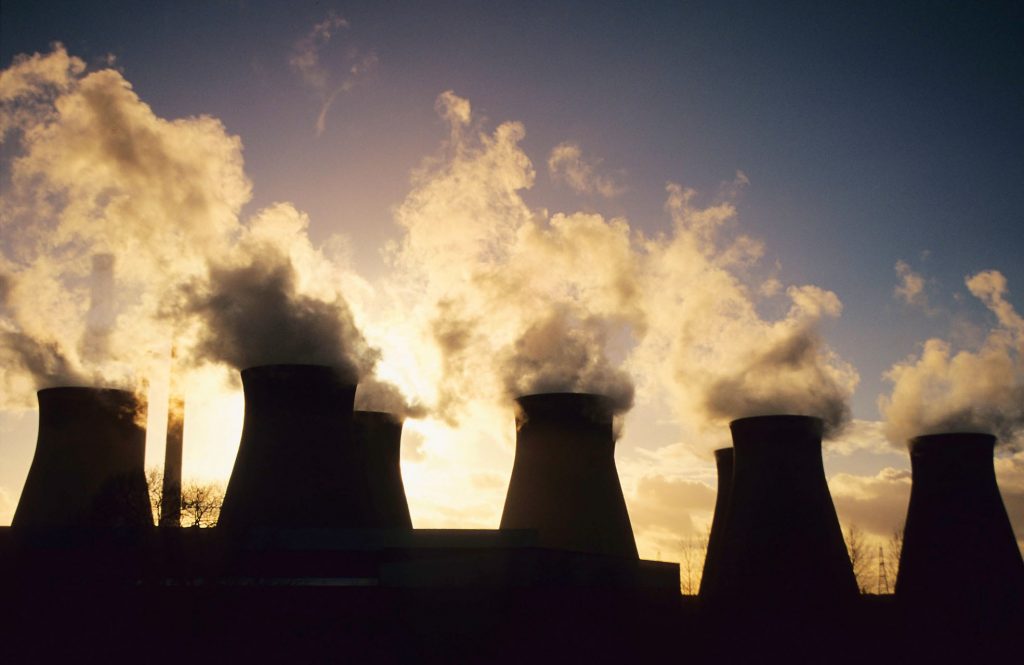
This is the most significant challenge that humans have ever faced. There is no one single silver bullet to tackle this issue, but there are many things we can do and work on like reducing our emissions, developing more efficient technologies for everything from transportation to energy production to agriculture while also taking care of natural resources so they last longer.
We can reduce emissions from factories by finding new ways to produce energy, using renewable energies such as solar or wind power instead of other types of fuel like oil, driving less so there are fewer car greenhouse gas emissions, and reducing our heat being sent to the atmosphere by planting more trees.
We can also make sure that the planet is a healthy environment for future generations and keep it in good condition by reducing our carbon footprint.
Lastly, we could drive less to limit our car’s greenhouse gas emissions. Learn how to use greenhouse for beginners.
The Future of This Issue – What’s Next for Climate Change Policy?
As it stands, we are on a path towards some really bad things like catastrophic weather events, extreme flooding in coastal areas due to sea levels rising from melting ice caps or glaciers, food shortages, and the list goes on.
To get ahead of this issue, we need to make sure that we are working with other countries to reduce emissions worldwide because our actions influence others too. We also need to work together at creating new technologies for sustainable living like more efficient ways of transportation or cleaner energy production while preserving natural resources, so they last longer.
Most importantly, we need to make sure that our planet is healthy for future generations by keeping it in good condition and reducing the amount of heat sent into the atmosphere by planting more trees or grasses.
Conclusion
As you can see, there are many things to consider when it comes to greenhouse gases. We hope this blog post has helped you understand the main greenhouse gases and what they do.

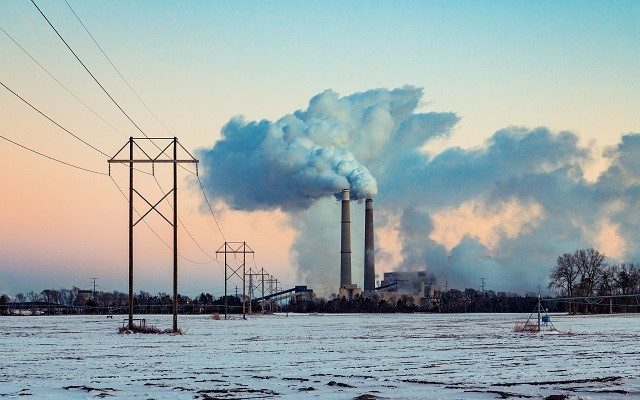
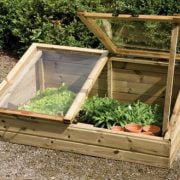
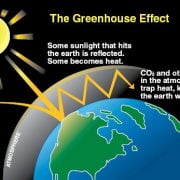
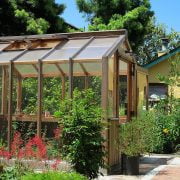





Comments